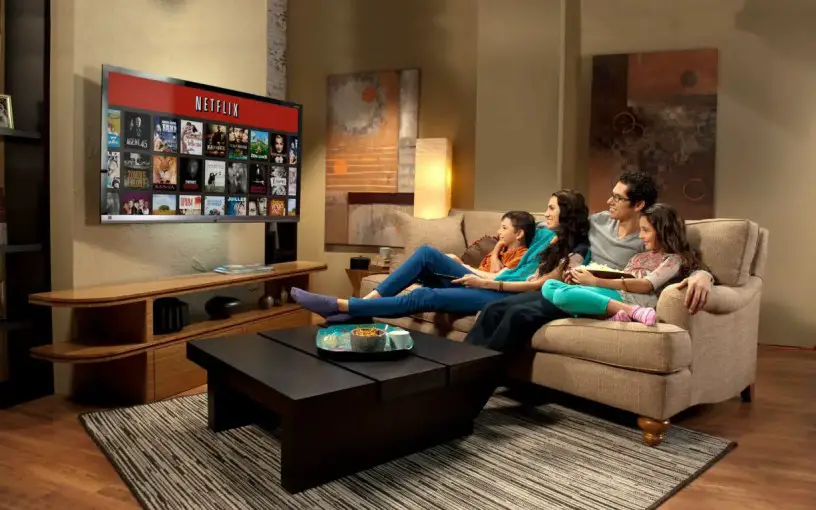By Phillip Swann
The TV Answer Man –Follow on Facebook & X.
Former Sony employee. Author of TV Dot Com.
TV Answer Man, can you explain what Dolby Vision is when it’s listed next to a 4K title like on Netflix? — Dave, Salt Lake City.
What Is Dolby Vision 4K?
Dolby Vision, which was developed by Dolby Laboratories, can enhance the 4K picture quality using High Dynamic Range (HDR), providing a wider color gamut, greater brightness, and higher contrast than traditional SDR (Standard Dynamic Range) content. Unlike other HDR formats, a streaming title or 4K Blu-ray disc with Dolby Vision is designed to work with the Dolby Vision system, including a Dolby Vision-enabled 4K TV and/or streaming device such as a Roku Ultra. (If your TV and/or set-top/device is not Dolby Vision-compatible, you cannot watch a 4K title in Dolby Vision.) This involves creating a version of the program that contains metadata that describes how the content should be displayed. This metadata includes information about the content’s color space, brightness levels, and contrast ratios.
How Does Dolby Vision Work?
When this content is played back on a Dolby Vision-compatible device, the display device reads the metadata and adjusts its settings to display the content as accurately as possible. This results in a more accurate representation of the original content, with more vibrant colors, greater contrast, and brighter highlights.
Another key feature of Dolby Vision is its support for a wide color gamut. This means that content mastered using Dolby Vision can contain a much wider range of colors than traditional SDR content. This allows for more accurate and vibrant colors that are closer to what the human eye can see.
Dolby Vision also supports high brightness levels, which means that content can have brighter highlights than traditional SDR content. This allows for more dynamic and visually stunning content, especially in scenes that contain bright objects or sunlight.
In order to enjoy Dolby Vision content, you need a display device that is Dolby Vision-compatible. This means that the display device can read the metadata contained in the content and adjust its settings accordingly. Many modern TVs, Blu-ray players, and streaming devices support Dolby Vision, so it is becoming increasingly common in the market.
A Video From Dolby Laboratories On Dolby Vision
Have a question about new TV technologies? Send it to The TV Answer Man at swann@tvanswerman.com Please include your first name and hometown in your message.
The TV Answer Man is veteran journalist Phillip Swann who has covered the TV technology scene for more than three decades. He will report on the latest news and answer your questions regarding new devices and services that are changing the way you watch television. See the bio for Phillip Swann here.



Fantastic! Hurray for AI.. Sarah Connor?
i am very confused. i checked the website RTINGS.com and they reviewed a TV model called the HISENSE A6H that is reported to over both HDR10 and DOLBYVISION but this website says that this TV does not have wide color gamut.how could a TV offer DOLBYVISION and at the same time not have wide color gamut?
i meant to say “that website” and not “this website” as you can see i have terrible grammer.